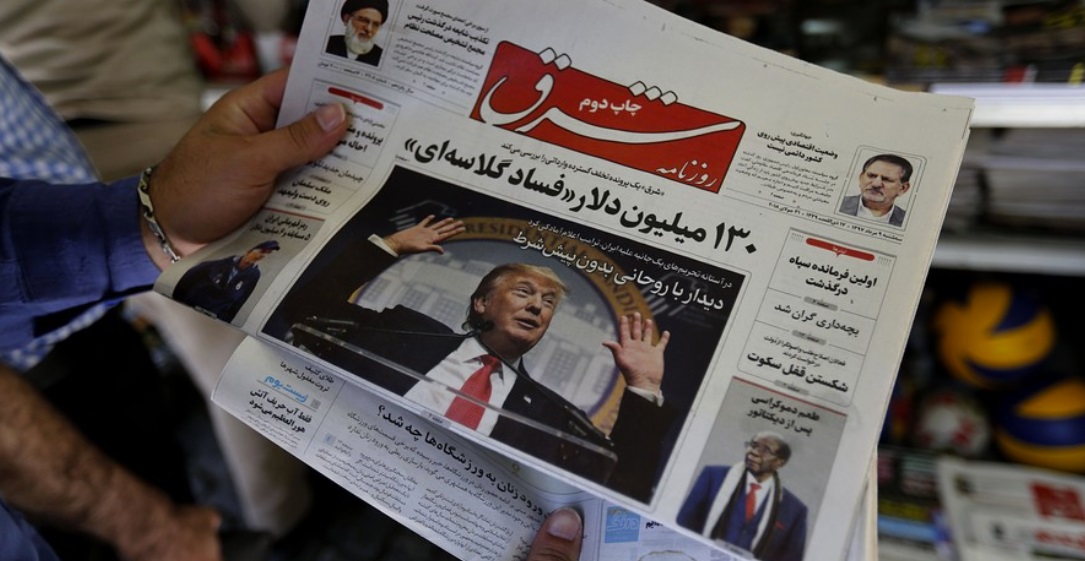Why oil prices are plunging despite U.S. sanctions on Iran’s energy sector
November 02, 2018 @ 13:30 +03:00

The oil market has had nearly six months to assess the possible effect of U.S. sanctions on Iranian oil exports. Surprisingly, the prospect of significantly tighter global supplies has resulted in lower prices. President Donald Trump announced on May 8 that he would end the participation of the United States in the Joint Comprehensive Plan of Action, a 2015 pact aimed at curbing Iran’s nuclear activities, signed by Iran, the five permanent members of the United Nations Security Council, and the European Union.
That set the U.S. on a path to reimpose sanctions on Iranian petroleum after a 180-day wind-down period for entities to end their dealings with Tehran’s energy sector. By early October, oil had climbed to its highest level since 2014. From that recent peak, however, front-month futures prices for U.S. benchmark crude CLZ8, -0.08% have declined by about 14%, as of Wednesday. At $65.31 a barrel, they’re also down more than 5% from the day Trump announced the sanctions.
Worried about a potential shortage, the Organization of the Petroleum Exporting Countries, as well as nonmember Russia, agreed in June to rein in the output cuts they had implemented a year and a half earlier—essentially lifting production ahead of sanctions on Iran. OPEC oil production rose by 100,000 barrels a day in September, to a one-year high of 32.78 million barrels a day, according to the International Energy Agency. “Producers have increased production to fill the void, and capital expenditures are being made to add more production sources,” says Jerry Bailey, president of oil sands extractor Petroteq Energy.
At the same time, China, India, and Russia “will seek ways to avoid the sanctions,” says Bailey, also a former president of Exxon Arabian Gulf. “Those countries are close enough to Iran to see land transfer of oil, likely through black-market operators. This is influenced by the need for product and the monetary gains by taking this risk.”






